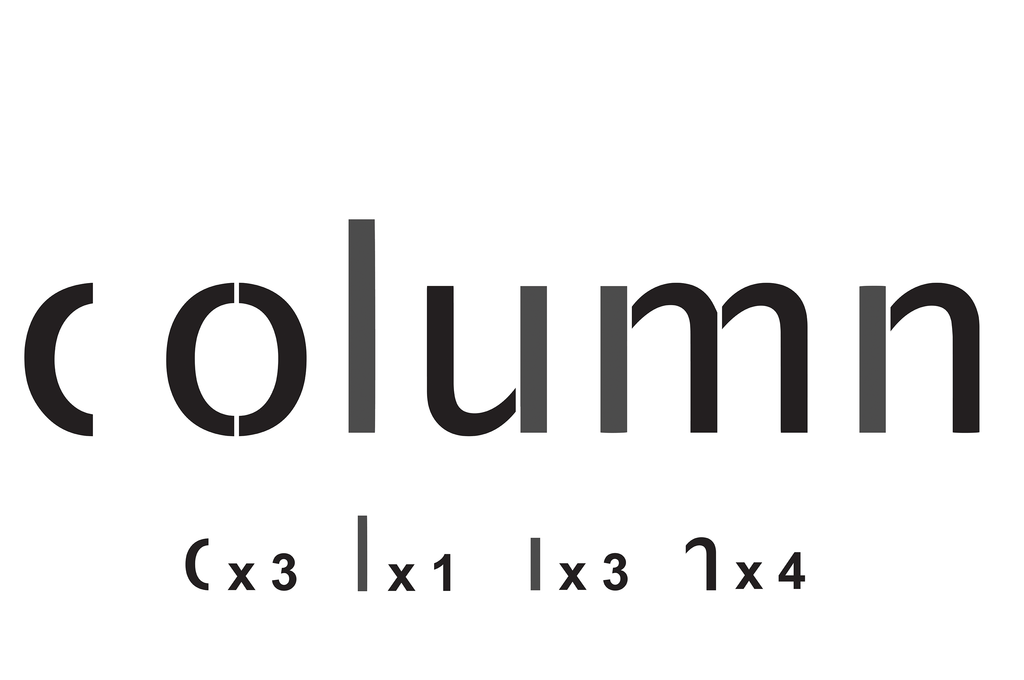Last week, as an architect, I joined a roundtable discussion on circularity. The participants came from the full breadth of the construction sector: from clients, financiers and consultants to contractors and suppliers. In such a setting the different perspectives and experiences are quite interesting.
The business cases of suppliers who are ahead in taking back and separating raw materials, for example, still seem unruly. Many products may well be suitable for take-back, but the wage costs for transport, disassembly and separation are often still far too high. So for the time being it is not the scarcity of material, but the wages that determine a healthy economic scalable circular model.
The building business also struggles with making circularity measurable and comparable. What is an unambiguous definition and how do we establish an overall standard and calculation system? But the beginning is not that difficult.
Our office has recently delivered several circular projects, including the restaurant and meeting center The Green House in Utrecht and the Temporary Courthouse in Amsterdam. The key task was simple: avoid waste! For this we used a simple NIBE calculation method in which the materials used were weighted for their carbon footprint. In addition, we checked whether the material was reused or reusable. All in all a simple method that made comparisons between options easy. And in addition to responsible and reusable use of materials itself, the minimization of the amount of materials is especially important.
The BIM model also contains all relevant material quantities, so that hardly any additional effort is required for the calculation. All thinking and imagination will thus remain available for devising and developing good demountable building elements that can be efficiently prefabricated with justifiable raw materials. This thinking is supported with a dismantling plan for contracting or permit applications. Thoughtful, prefabricated and demountable building kits in our experience also lead to better working conditions and higher building quality. Thus making them good for people, architecture and the environment!
Ronald Schleurholts, architect-director cepezed
Cobouw, 11th of December 2018
low-hanging circular fruit
